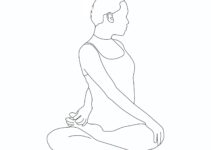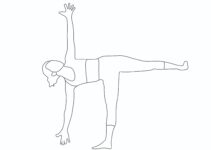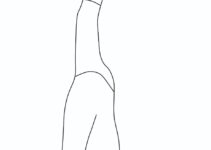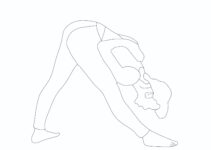Siddhasana meaning
Siddhasana is a meditative posture whose aim is to provide a comfortable and stable position to the body to make the mind steadier for higher practices like Dharna, Dhyana and Samadhi. Siddhasana is derived from two words, Siddha and asana. The meaning of Siddha is Sampanna, Kāryānvita, Anustita, Avāpta, Pūrna and Sthāpita, while the purpose of asana is yoga posture. Here, we will discuss the Siddhasana step, technique, benefits, precautions and contraindications. We will also discuss its variations and what yogic texts say about this yoga pose.
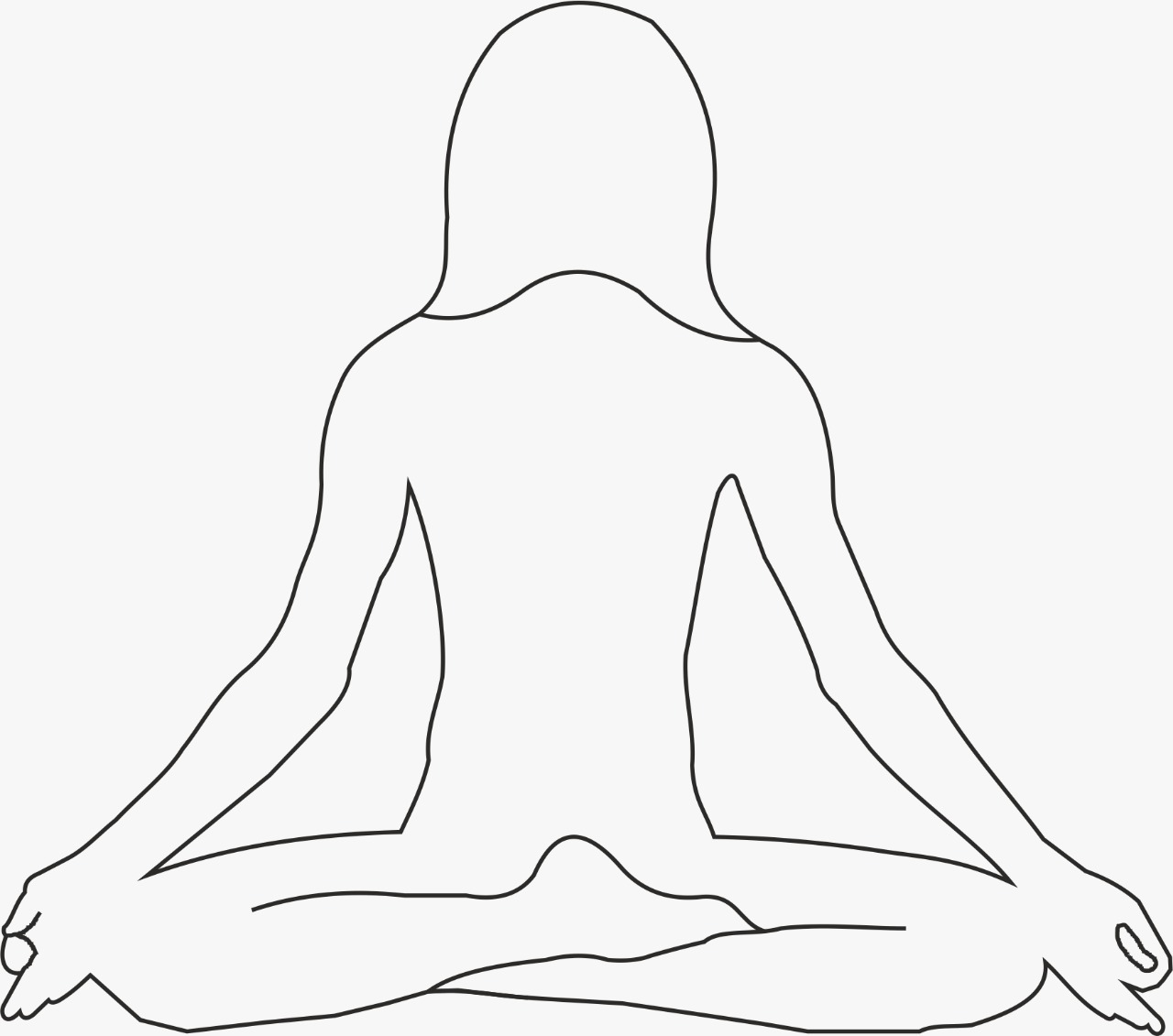
Important Facts about Siddhasana
- It is a beginner-level yoga posture
- According to Hathayogic texts, Hathayogapradīpikā of Svatmārāma, Siddhasana is the best among all the asanas.
- It targets hips, groin, lower back and spine.
- International Alphabet of Sanskrit Transliteration(IAST): Siddhāsana
- Sanskrit name: सिद्धासन
Different names of Siddhasana
- The Accomplished pose
- Perfect pose
- Adept pose
Siddhasana step-by-step procedures and instructions
Step 1
- Sit in Dandasana
Step 2
- Bend your left knee and bring the left heel close to the groin area.
Step 3
- Now bend your right knee and bring it to the left ankle’s front.
Step 4
- Do normal breathing, keeping the arms on the knees and doing Gyan mudra.
Step 5
- Your back and neck should be straight and stretched upward. Sit in this position, as per your comfort.
Siddhasana benefits
- As per Hathayogapradīpikā, there is no asana like the Siddhāsana, and it should be part of all yoga modules.
- It cleanses the impurities of seventy-two thousand Nādīs.
- It helps to improve your posture.
- It is one of the best yoga poses for spinal health.
- It increases the flexibility of hips and groin.
Siddhasana Variations
Variation 1
Press the perineum with the heel of the left foot and place the heel of the right foot above the genitalia. Sit evenly with the body erect.
Variation 2
Press the perineum with the left heel and place the heel of the right foot above the genital organ, concentrating the mind between the eyebrows.
Variation 3
Place the left heel on Medhrara /Liṅgapradeśa (above the male sex organ), then place the heel of the right foot above the left ankle. (Which means both the heels and ankles are to be identified only above the genital).
Precautions
- One shouldn’t force the knees down
- To get the maximum benefits of this pose, keep your spine straight while practising it.
- Focus should be given to breathing.
Contraindications
- Knee pain
- Hip issues
- Sciatica
- Ankle pain
Preparatory pose
- Dandasana
- Sukhasana
- Ardha Padmasana
- Titli Asana
- Vajrasana
Counter Pose
- Dandasana
- Tadasna
- Triangle pose


